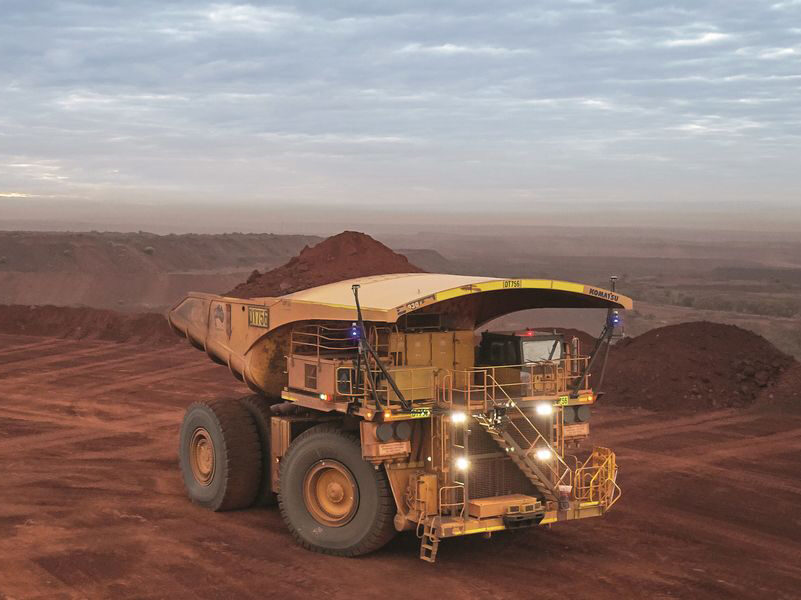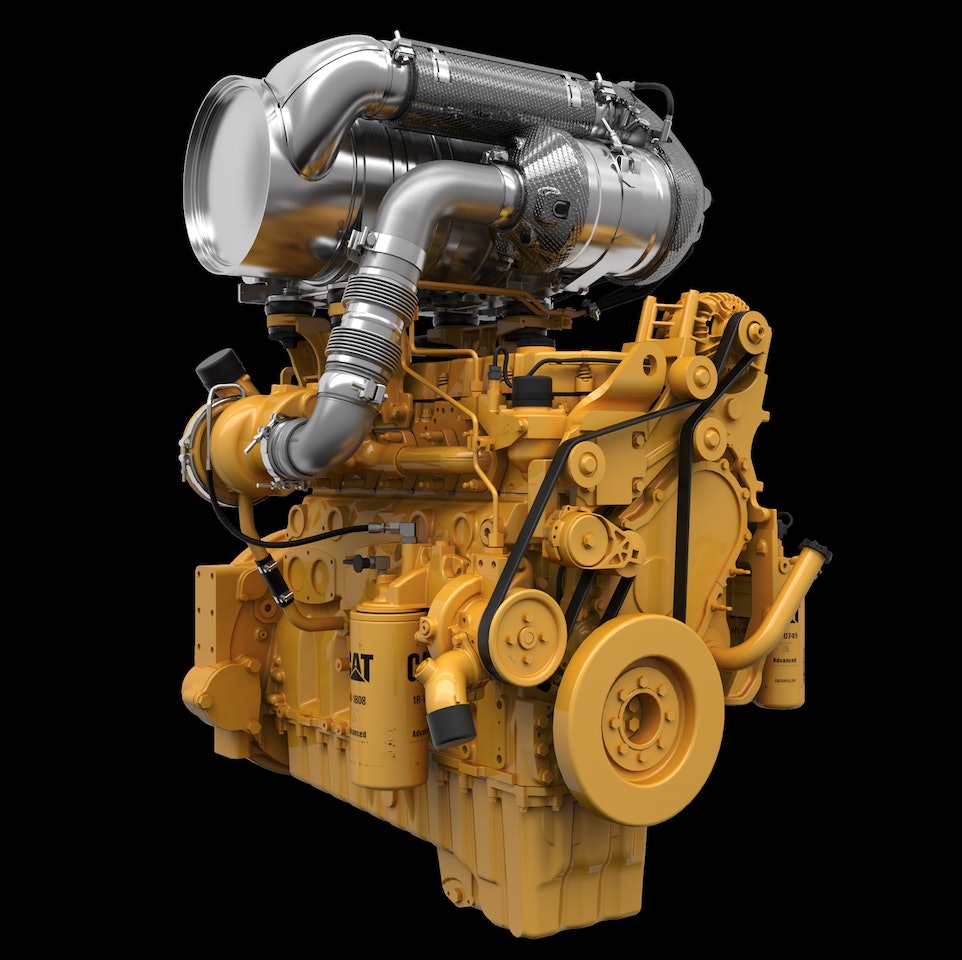Non-road engines: The next clean air battleground
- PostedPublished 20 October 2023
Despite Australia generally enjoying good urban air quality, certain cities are exceeding the goals set by The National Environment Protection (Ambient Air Quality) Measure for fine particles and ozone. Experts have identified the escalating threat of unregulated non-road diesel emissions used in construction machinery as a significant contributing factor to this issue.

According to the website of The Department of Climate Change, Energy, the Environment and Water (DCCEEW), with the exception of underground mines and infrastructure construction, “Non-road diesel engines are the largest unregulated source of air pollution in Australia. Noxious air pollution emitted by these engines poses a significant health risk. Standards were implemented in the United States and European Union over twenty years ago and low-emitting technology is already available.”
Construction site emissions have long been overlooked due to the misconception that they have a minimal pollution impact. The lack of motivation to develop measurement systems for non-road diesel engines exacerbates the problem. Political and business concerns further hinder the implementation of emission regulations, as the cost of upgrading equipment and adopting cleaner technologies is a deterrent. This reluctance perpetuates oversight and sustains the harmful effects of construction emissions.
Currently, there is no published data available for Australian construction sites; however, with the advancement of digital technologies, automated systems can now effectively measure and monitor their pollution levels. By strategically placing sensors and monitoring devices, these systems collect data on particulate matter, nitrogen oxides, and volatile organic compounds. This approach ensures accurate measurement of pollutant concentrations, enabling the identification of areas requiring intervention to minimise environmental impact.
The non-road diesel sector in Australia is expected to consume more fuel, leading to increased emissions and potential health costs. This is concerning due to the projected growth in non-road vehicle numbers at construction sites over the next 15-20 years. The population of non-road diesel engines has been steadily increasing, from approximately 620,000 units in 2008 to around 640,000 units in 2018. Projections suggest that this trend will continue, reaching about 750,000 units by 2028 and 945,000 units by 2043.

Environmental organisations, construction companies, and health experts in Australia are calling for immediate action to address diesel emissions at construction sites. They emphasise the need for national regulations and monitoring systems to reduce environmental impacts and improve air quality. These harmful emissions have also been linked to increased risks of cancer, cardiovascular and respiratory diseases, according to the World Health Organisation (WHO).
To address this issue, the Australian Government sought public feedback on its plans to introduce a noxious emissions standard for non-road diesel engines, including farm and mining equipment such as tractors, cranes, loaders, excavators, bulldozers, forklifts, pumps, and generators. The DCCEEW has said that the “Future management of diesel equipment will mean changes for industry, individuals, and Australia.”
The feedback submission period for the public consultation closed on July 14, 2023. Active participation, voluntary reporting of new engine imports, and feedback from diverse groups were strongly encouraged. Ongoing assessment through existing administrative processes and reporting will be conducted to evaluate the effectiveness of the regulations.
According to the Government’s draft impact analysis, non-road diesel engines in Australia had a significant impact on pollution levels in 2018, emitting substantial amounts of CO, THC, NOX, PM10, PM2.5, SO2, and CO2. These emissions were responsible for a total of 5,387 years of life lost (YLL) in Australia, with an associated cost to society of $1.6 billion.

An extension of the Product Emissions Standards (PES) Act is another topic under discussion. Since 2017, this has successfully regulated the import and supply of new non-road spark ignition engines with a maximum power of 19 kW, aligning with international standards set by the US EPA and EU. The DCCEEW considers that this can be expanded to include all newly introduced non-road diesel engines, subjecting them to regulation upon importation and supply. However, recognising the complexities of non-road diesel engine use, careful consideration and balancing of exemptions under the PES Act would be necessary to ensure effective regulation and community benefits.
As the Australian Government deliberates on regulations, exhaust manufacturers such as Eminox are proactively engaged in developing cleaner non-road diesel engines via the installation of retrofit Diesel Particulate Filters (DPFs). These filters effectively capture and eliminate harmful particles such as soot and ash from the exhaust gases, significantly reducing emissions.
In addition to DPFs, there are other effective options for reducing the emissions of non-road vehicles. These include electrification, which involves using electric power instead of traditional fuel sources, resulting in zero tailpipe emissions, and the use of hydrogen fuel cells, which generate electricity by combining hydrogen and oxygen and emitting mostly water vapour as a byproduct. Alternatively, there is the switch to biodiesel, which has the advantage of producing 74% fewer emissions than petroleum diesel.
The process of implementing these standards, following the government’s decision, is estimated to take at least a year and is expected to be completed by mid-2024, promoting the advancement of emission control technologies in Australia’s non-road diesel construction industry.
- CategoriesIn SightGlass
- Tagsair quality, emissions, pollution, SightGlass News Issue 30

